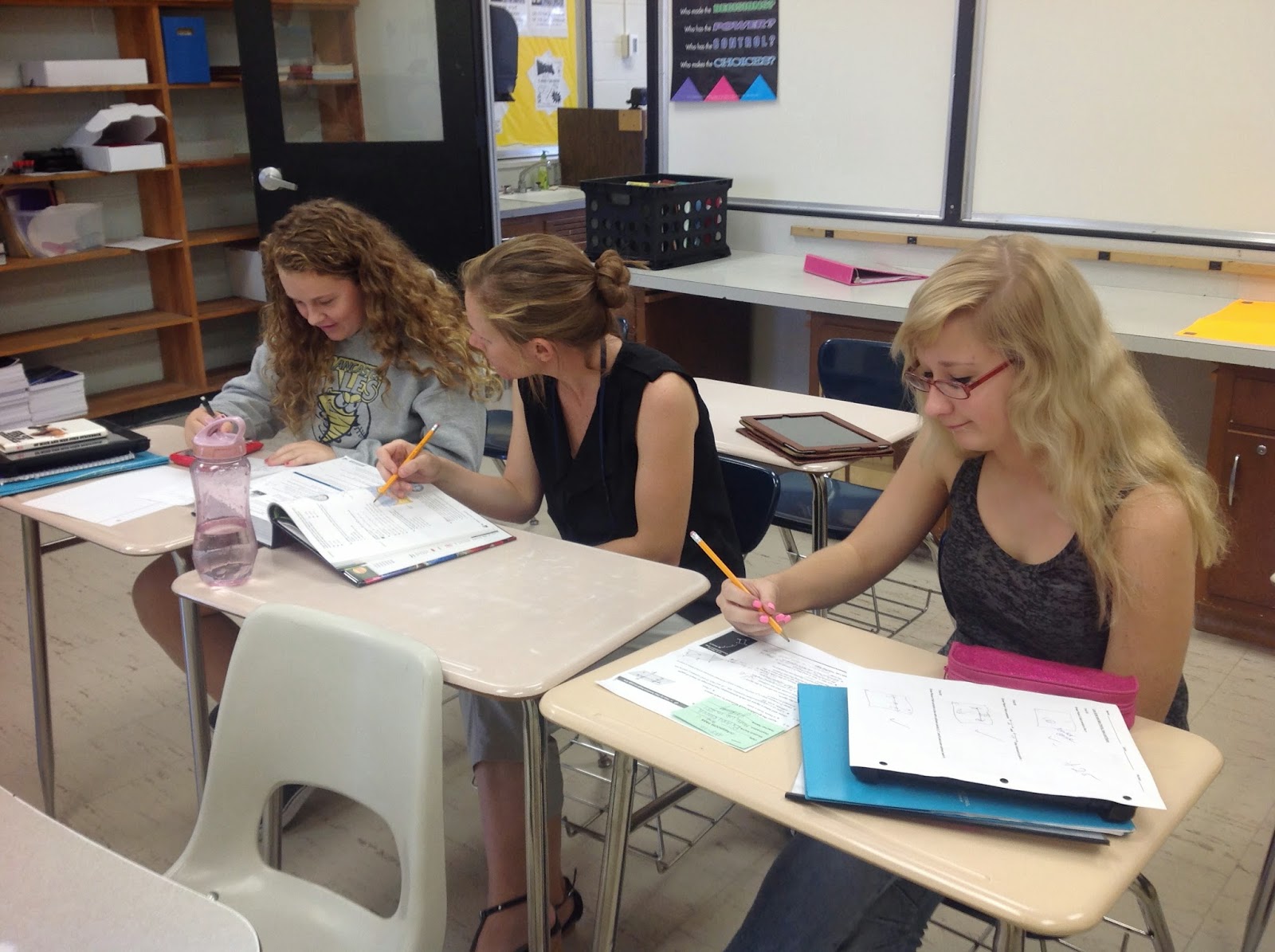That being said, I have seen teachers successfully differentiating by using student choice. At the high school level (and likely all levels) engagement has become the golden egg. If we can engage them, we can teach them! I hear it all the time and in every teacher meeting I attend. In my opinion, Readiness + Interest = Engagement. With this in mind, I have seen several of our teachers using modified versions of Learning Menus and Choice Boards to successfully differentiate and engage students.
Chris DiTammoso does an excellent job of creating a variety of opportunities for students to demonstrate learning through the use of folders in Schoology. This may be a bit over simplified but generally speaking this is how it works. Mr. D has the students complete a formative assessment. Once completed the students are immediately given their score. With this score, they are directed to a corresponding folder in Schoology. Mr. D has created these folders based on varying levels of mastery and with a variety of learning styles in mind. Lower performing students are directed to a folder that contains activities that will review, practice, or remediate skills and concepts from the unit. Higher performing students are directed to a folder that contains activities that will refine, extend or strengthen understanding of the topics. Each folder contains different types of activities. Some require the students to chart, retell, write, summarize, create or even illustrate. The beauty is that the students get to choose and the activities all allow the student to demonstrate mastery of the learning targets. Often this allows disengaged students to make connections and others get a chance to see the learning target from a new perspective.
When students choose based on an interest, we often see them demonstrate more grit and they are more willing to persevere. The secret is to find the sweet spot between what is challenging and also interesting. It may seem terrifying as a teacher to have this many types of assignments to grade and to have quality control over a vast variety of products. I'd say it is a problem worth having! If you have been in my office you may have seen a diagram that I keep posted that shows this visually. Student Choice is a great way to differentiate and also Engage students!
"Choice Boards"
I recently experienced this idea of student choice from a parent perspective. Scott Naypauer, 6th grade Social Studies teacher at Thomas Ewing, had given my daughter an assignment. The requirement was to choose 3 "mini-projects" from a large list of possibilities. The list was controlled by Mr. Naypauer, but included models, posters, diaries, written responses and many more options. To be honest, as a parent I looked at the list and was hoping Riley would choose the "easiest" or those that required no trips to the store! Instead, I could see her carefully reading each one and she selected three not based on their difficulty level or amount of time required, but instead based on which ones she thought were going to be the most fun and those that obviously fit her learning style. She researched, planned, created and designed three projects that were all extremely well done and most importantly fun for her. There were no pep talks to keep busy. Actually, the exact opposite! We had to ask her to stop working. The level of commitment and interest was through the roof. The engagement was there because she had chosen the projects. The fact is that she may have been the only student in the class to choose that combination of projects. All students were given the opportunity to select their own way to demonstrate their mastery of the learning and they chose their own path!
Tips for Creating Learning Menus / Choice Boards / Personal Learning Products
1. Have a clear learning criteria (align with your targets)
2. Limit the options to what you feel is a manageable number
3. Caring makes all the difference! Select choices that are meaningful and interesting to the students. If you find this to be difficult...just ask the students for ideas!
Here is a link to some great ideas for creating and using Learning Menus in the classroom!
Learning Menus Video
Tips for Creating Learning Menus / Choice Boards / Personal Learning Products
1. Have a clear learning criteria (align with your targets)
2. Limit the options to what you feel is a manageable number
3. Caring makes all the difference! Select choices that are meaningful and interesting to the students. If you find this to be difficult...just ask the students for ideas!
Here is a link to some great ideas for creating and using Learning Menus in the classroom!
Learning Menus Video
















